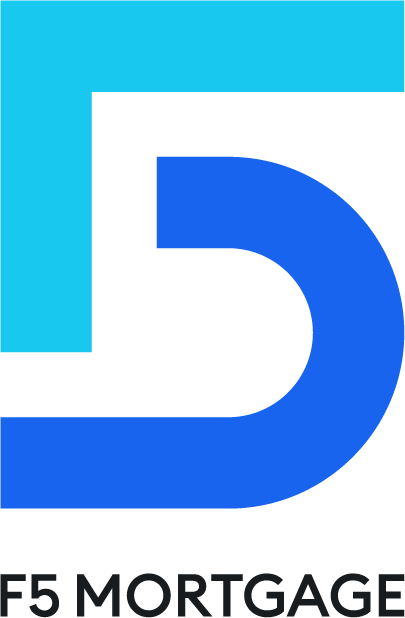Reasons to Refinance
The first step in deciding whether you should refinance is to establish your goals. The most common reasons for refinancing a mortgage are to take cash out, get a lower payment or shorten your mortgage term.
Take Cash Out
Refinancing your mortgage is a great way to use the equity you have in your home. With a cash-out refinance, you refinance for a higher loan amount than what you owe and pocket the difference. Any proceeds you receive are tax-free.
Many homeowners use cash from their home to pay off high-interest credit card debt and student loan debt. You can also take cash out to finance home improvements, education or whatever you need. Since mortgage interest rates are typically lower than interest rates on other debts, a cash-out refinance can be a great way to consolidate or pay off debt. Additionally, mortgage interest is tax-deductible, but the interest on other debts usually isn’t.
You may be able to take cash from your home if you’ve been paying on the loan long enough to build equity. Additionally, you may be able to do a cash-out refinance if your property value has increased; a higher value on your home means your lender can give you more money to finance it.
Get a Lower Payment
A lower mortgage payment means more room in your budget for other things. There are a few ways you can lower your payment by refinancing.
First, you may be able to refinance with a lower rate. If rates now are lower than they were when you bought your home, it’s worth talking to your lender to see what your interest rate could be. Getting a lower rate means lowering the interest portion of your monthly payment – and big interest savings in the long run.
Second, you could refinance to get rid of mortgage insurance – a monthly fee you pay to protect your lender in the event that you default on the loan. Mortgage insurance is usually only required when you put down less than 20%. You could save hundreds of dollars a month by refinancing to stop paying monthly mortgage insurance.
Third, you can get a lower payment by changing your mortgage term. Lengthening your term stretches out your payments over more years, which makes each payment smaller.
There may be other ways you can get a lower payment, so it’s always worth checking with your lender to see how they can help you get a payment that fits your current budget.
Shorten Your Mortgage Term
Shortening your mortgage term is a great way to save money on interest. Often, shortening your term means you’ll receive a better interest rate. A better interest rate and fewer years of payments mean big interest savings in the long run.
So how does this work? Let’s look at an example. Say your loan amount is $200,000. If you got a 30-year loan with a 3.5% interest rate, you would pay approximately $123,000 in interest over the life of the loan. However, if you cut your term in half, you would pay about $57,000 in interest over the life of the loan. That’s a difference of $66,000 – and it doesn’t even account for the fact that the shorter term would provide you with a lower interest rate (and more savings).
An important thing to know about shortening your term is that it may increase your monthly mortgage payment. However, less of your payment will go toward interest, and more of it will go toward paying down your loan balance. This allows you to build equity and pay off your home faster.
How long should I own my home before refinancing?
Things You Need to Evaluate Before Refinancing
Once you have a clear goal in mind, you’ll want to evaluate your financial situation. There are four keys things to look at: your credit score, your monthly mortgage payment, the value of your home and your debt-to-income ratio (DTI).
Your Credit Score
There are many online resources that make it easy for you to find out your credit score for free. Knowing your credit score will help you understand what mortgage refinance options you could be eligible for.
Your Monthly Mortgage Payment
Knowing how your monthly mortgage payment fits into your budget will help you evaluate your options. If you’re taking cash out or shortening your term, for instance, it’s a good idea to know how much wiggle room you have in your budget for a higher monthly payment. If your goal is to get a lower monthly payment, it’s important to decide how much you need to lower your payment for the refinance to be worthwhile.
The Value of Your Home
Before you refinance, you’ll want to do a bit of research to estimate how much your house is worth. Your lender can’t lend you more than the home is worth, so an appraisal value that comes back lower than expected can impact your ability to refinance – especially if you’re looking to take cash out or remove mortgage insurance.
The best way to estimate your home value is to check the sale prices of similar homes near you. The more recent the sale, the better.
Knowing the value of your home can tell you how much equity you have. To figure this out, just subtract your current mortgage balance from the estimated value of your home.
Your Debt-to-Income Ratio
Another factor to take into consideration is your DTI. DTI is all your monthly debt payments divided by your gross monthly income. DTI is one way lenders measure your ability to repay the money you’re borrowing.
If you were paying $1,000 a month for your mortgage and another $500 for the rest of your debts (such as credit card debt, auto loans and student loans), your monthly debts would equal $1,500. If your gross monthly income was $4,500, then your DTI ratio would be 33%.
Most lenders require a DTI of 50% or lower, and the maximum DTI varies by the type of loan you get. A DTI that’s too high could impact your ability to refinance or limit your refinance options.
Please note that by refinancing your existing loan, the total finance charges may be higher over the life of the loan.





